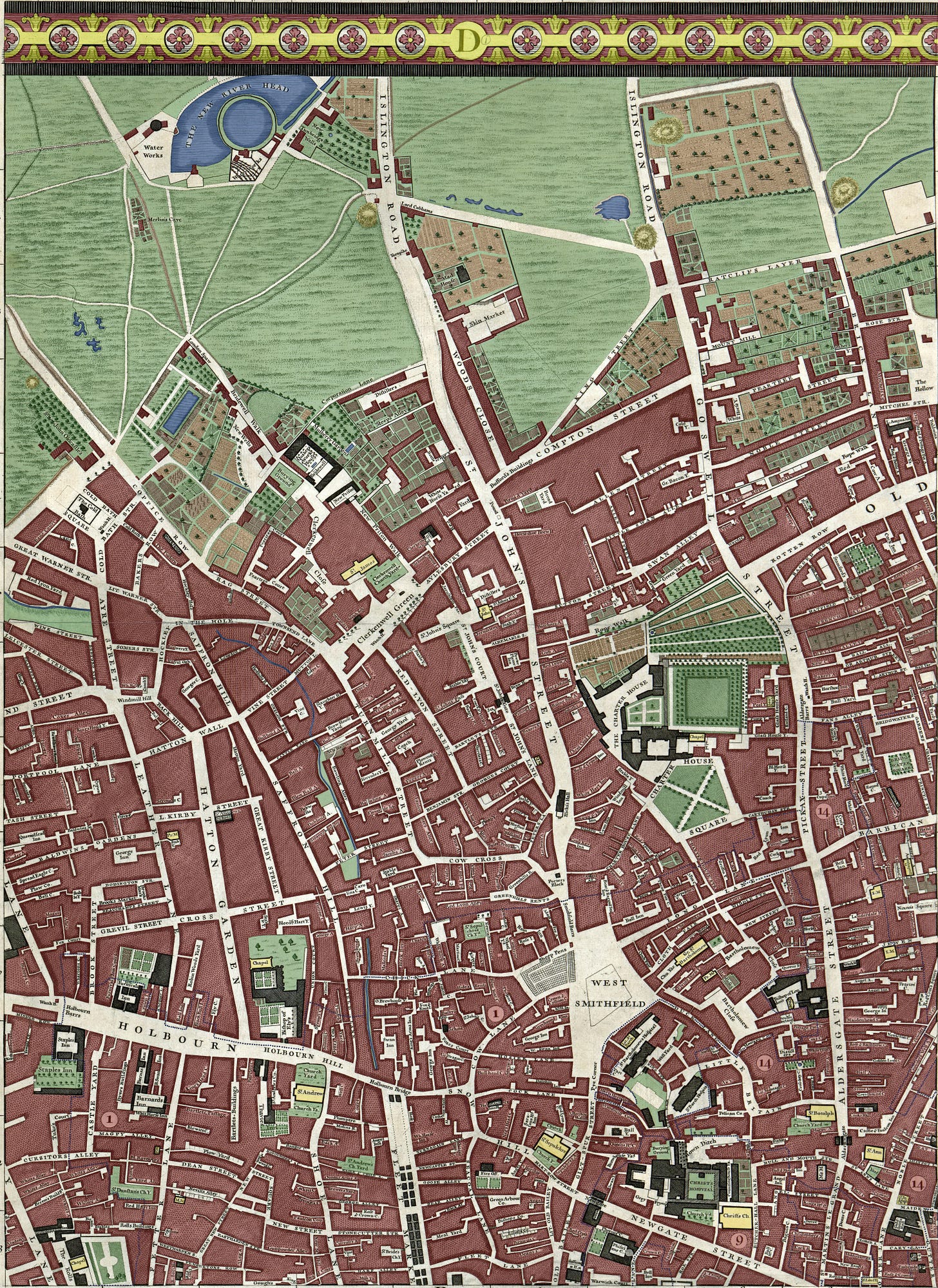In Colour: A Map of Clerkenwell in 1746
My ongoing mission: to colour in one of the great maps of London.
Welcome to Londonist: Time Machine… a pleasurably geeky newsletter for anyone who likes London history.

This is Clerkenwell and its environs in 1746. George II is on the throne, America is still a British colony, hardly anyone in the ci…




